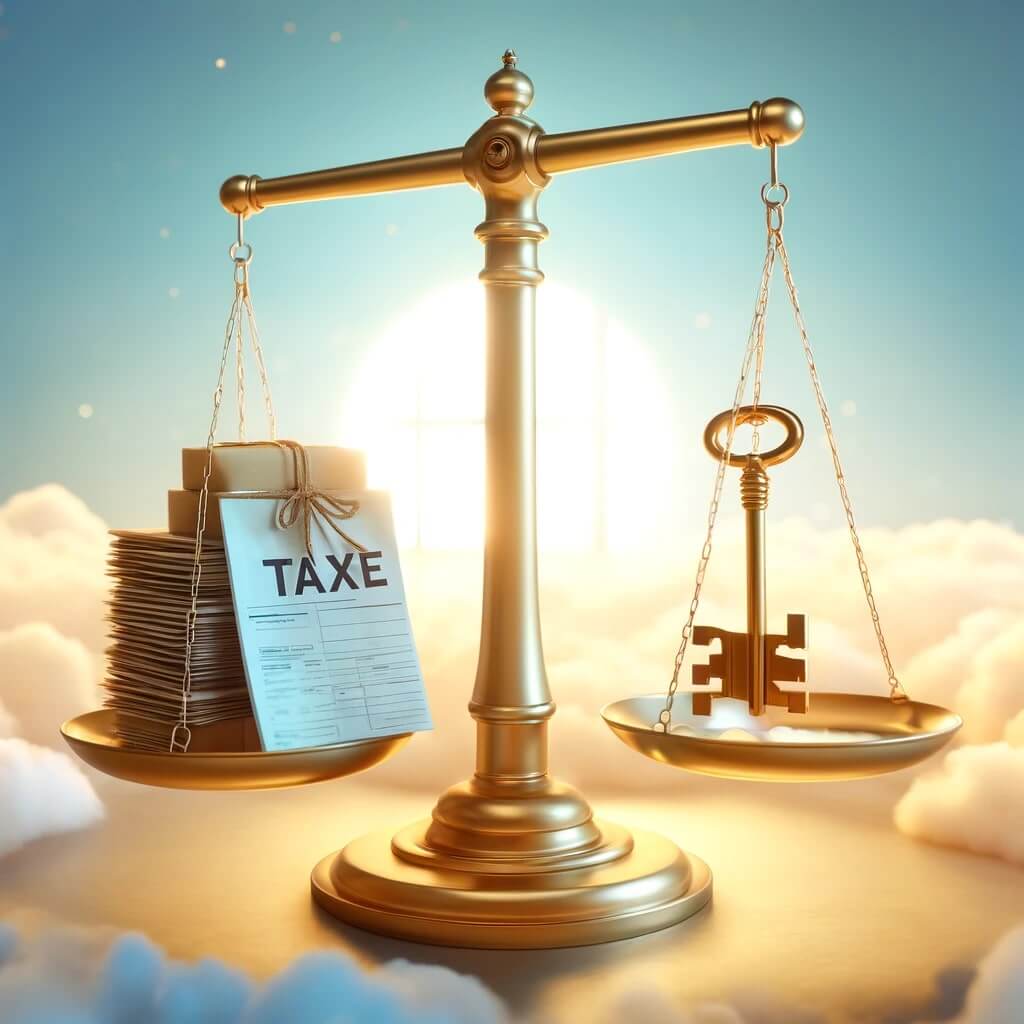
Tax Forgiveness: A Beacon of Relief
Tax forgiveness is a lifeline that governments extend to taxpayers facing financial hardship or difficulties in settling their tax obligations. This mechanism offers relief by reducing penalties, interest charges, or even portions of the outstanding tax debt. While it can be a powerful tool for those in need, understanding the eligibility criteria and navigating the application process is crucial.
Who Can Access Tax Forgiveness?
Eligibility for tax forgiveness varies depending on the specific program and government regulations. However, several common factors often determine whether taxpayers qualify for tax forgiveness:
- Financial Hardship: Tax forgiveness is typically reserved for individuals or businesses facing genuine financial difficulties, making it impossible to settle their tax obligations fully.
- Compliance with Current Tax Obligations: To be eligible, taxpayers are generally required to be in compliance with their current tax obligations. This includes filing all necessary tax returns and making estimated tax payments, if applicable.
- Willingness to Cooperate: Taxpayers must be willing to cooperate with tax authorities and follow the prescribed application process accurately.
- Demonstrable Inability to Pay: Individuals seeking tax forgiveness typically need to demonstrate their inability to pay the full tax debt. This is often done through a thorough financial analysis, including providing information on income, expenses, and assets.
- Program-Specific Criteria: Some programs have unique criteria or eligibility requirements. For instance, the IRS‘s Offer in Compromise program has specific financial formulas to determine eligibility.
Steps to Secure Tax Forgiveness
Applying for tax forgiveness is a multi-step process, and it’s essential to follow each step carefully to maximize your chances of success:
- Determine Your Eligibility: Before beginning the application process, assess your eligibility for the specific tax forgiveness program you wish to access. Ensure that you meet all criteria to avoid wasting time and effort on an application that may not be approved.
- Gather Necessary Documentation: Prepare all required documentation to support your application. This may include financial statements, proof of income, expenses, and asset valuations.
- Complete the Application Form: Each tax forgiveness program typically requires you to fill out an application form. Follow the instructions precisely and provide accurate information.
- Submit Your Application: Submit your completed application form along with all supporting documentation to the relevant tax authority or agency. Be aware of any submission deadlines and adhere to them.
- Wait for a Response: After submission, the tax authority will review your application. This process may take some time, so be patient.
- Communication and Negotiation: In some cases, the tax authority may have questions or request additional information. Promptly respond and cooperate with any requests.
- Approval and Compliance: If your application is approved, ensure that you comply with any terms and conditions set by the tax authority. This may include making scheduled payments or meeting other obligations.
The Benefits of Tax Forgiveness
Accessing tax forgiveness offers several benefits:
- Financial Relief: The primary benefit is the reduction of outstanding tax debt, interest, and penalties, providing immediate financial relief.
- Path to Compliance: Tax forgiveness programs help individuals and businesses regain compliance with their tax obligations.
- Preventing Financial Hardship: By reducing the tax burden, these programs prevent further financial distress and bankruptcy.
- Stimulating Economic Growth: In times of economic downturns, tax forgiveness can boost consumer spending, business investment, and overall economic growth.
Conclusion
Tax forgiveness can be a powerful tool for individuals and businesses facing financial hardships. Understanding the eligibility criteria and navigating the application process is crucial for those seeking relief. By following the steps diligently and complying with the requirements, taxpayers can access much-needed financial relief and regain their financial footing. Whether it’s through reduced penalties, partial debt forgiveness, or other means, tax forgiveness can serve as a beacon of hope in challenging financial times.







